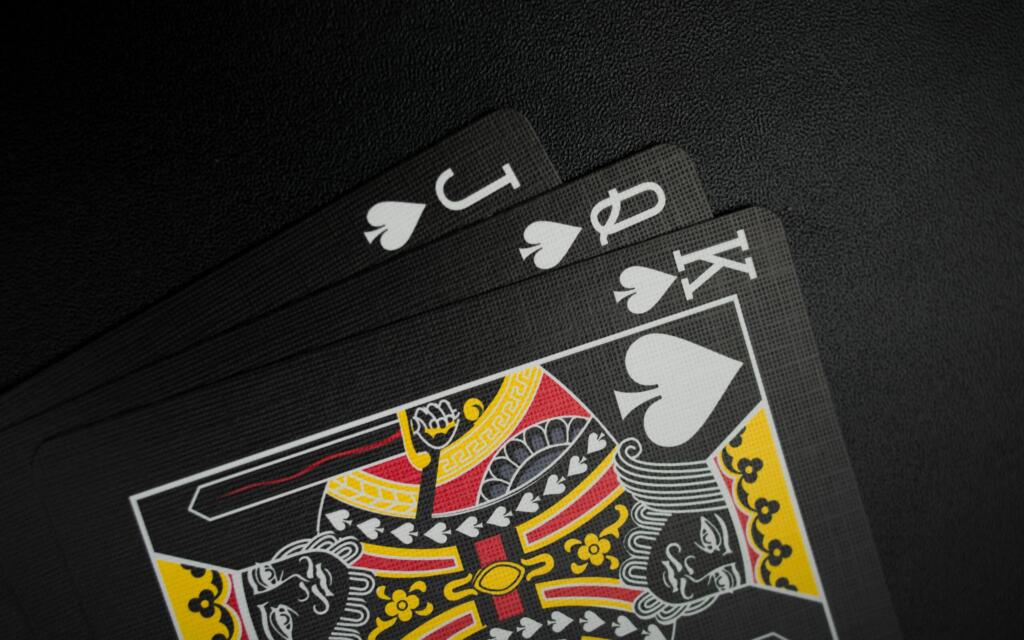How to Play Cribbage
Cribbage is typically played by two players, although it can also be adapted for three or four players. The game uses a standard deck of 52 cards and a cribbage board for scoring. The goal of the game is to be the first player to reach a certain number of points, usually 121 or 61 in a game of two players. The game consists of several rounds, and each round is divided into two distinct phases: the deal and gameplay, and the scoring.
The Basics of Cribbage
Before diving into the intricacies of cribbage, it’s important to understand the basics of the game. Each player is dealt a hand of six cards, and they must choose two cards to discard into a separate pile called the crib. The crib will be scored later in the game. After discarding, the non-dealer cuts the deck, and the dealer reveals the top card of the remaining deck. This card, known as the “starter” or “cut card,” will have a significant impact on the scoring opportunities during gameplay.
Understanding Cribbage Rules and Objectives
The main objective of cribbage is to score points through a combination of card combinations and strategic play. Players take turns playing cards from their hand onto a communal pile, known as the “play.” The value of each card played is announced and accumulated, with the total never exceeding 31. The player who cannot play without exceeding 31 scores no points for that round. Additionally, players aim to create specific combinations of cards, such as pairs, runs, and flushes, which contribute to their overall score.




